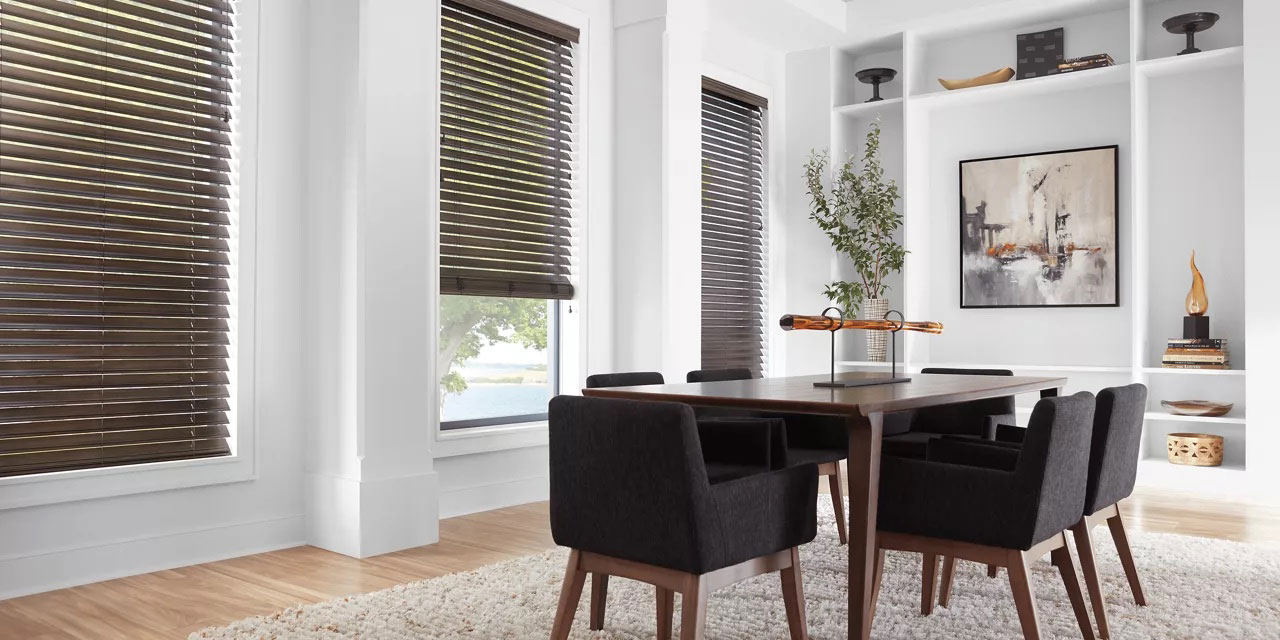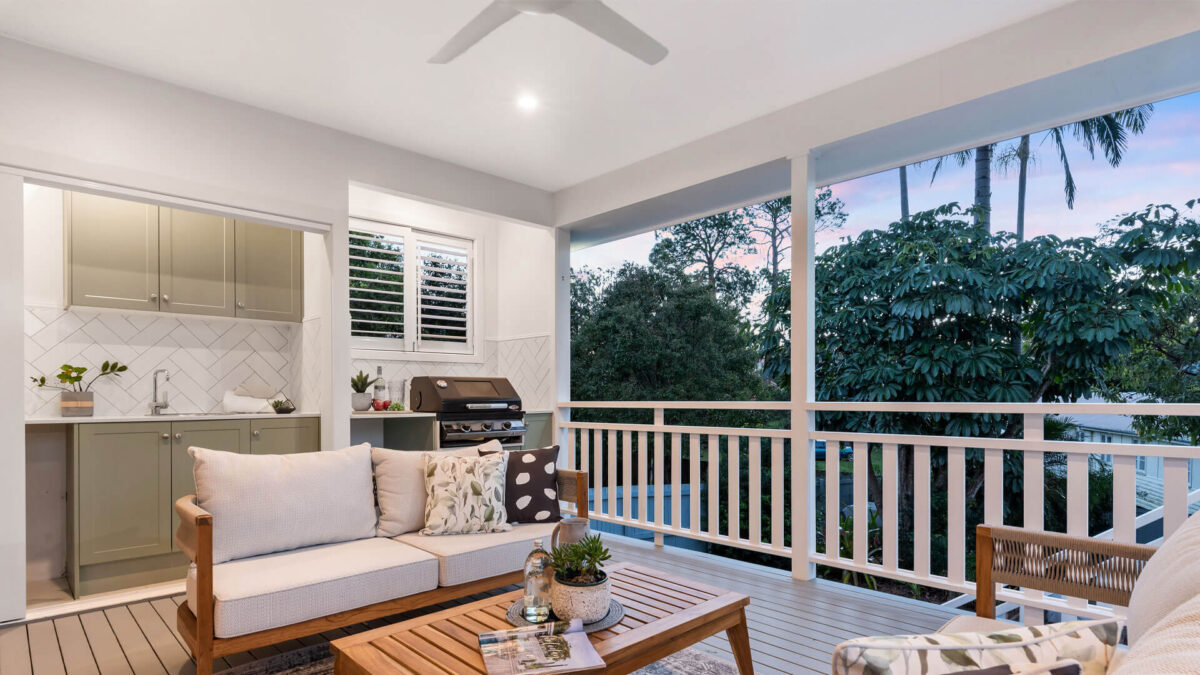Maximizing A Small Patio
A small patio can still be mighty—you just need a little ingenuity to amp up your space, starting with these easy-to-implement ideas.
Make the Most Out of Limited Space with Four No-Fail Solutions
Relaxing at home by yourself—or hanging out with family or friends—doesn’t get much better than when you’re doing it outside.
Feel like you’re short on space? No worries! A small patio can still be mighty—you just need a little ingenuity to amp up your space, starting with these easy-to-implement ideas.
- Go multifunctional. A cabinet can double as a serving station while a stool works as a place to sit as well as a side table. Have room for an ottoman or bench? Choose one with a lifting lid or seat and use it for lightweight throw blankets, kids’ toys or chair cushions. (You can even find storage ottomans where the lid, turned over, doubles as a serving tray.)
- Stack things up. A set of nesting tables is super-handy for a patio short on space. Un-stack them when you’re entertaining, place them wherever you want them, then nest them back together after your guests have left.
- Or fold them down. You can find stylish folding tables and chairs designed specifically for patios in a variety of materials and sizes.
- Go vertical. Take advantage of patio walls. Attach shelving for potted plants or hang a drop-down wall cabinet for housing barware, grilling accessories or everyday gardening gear, such as trowels and gloves.






